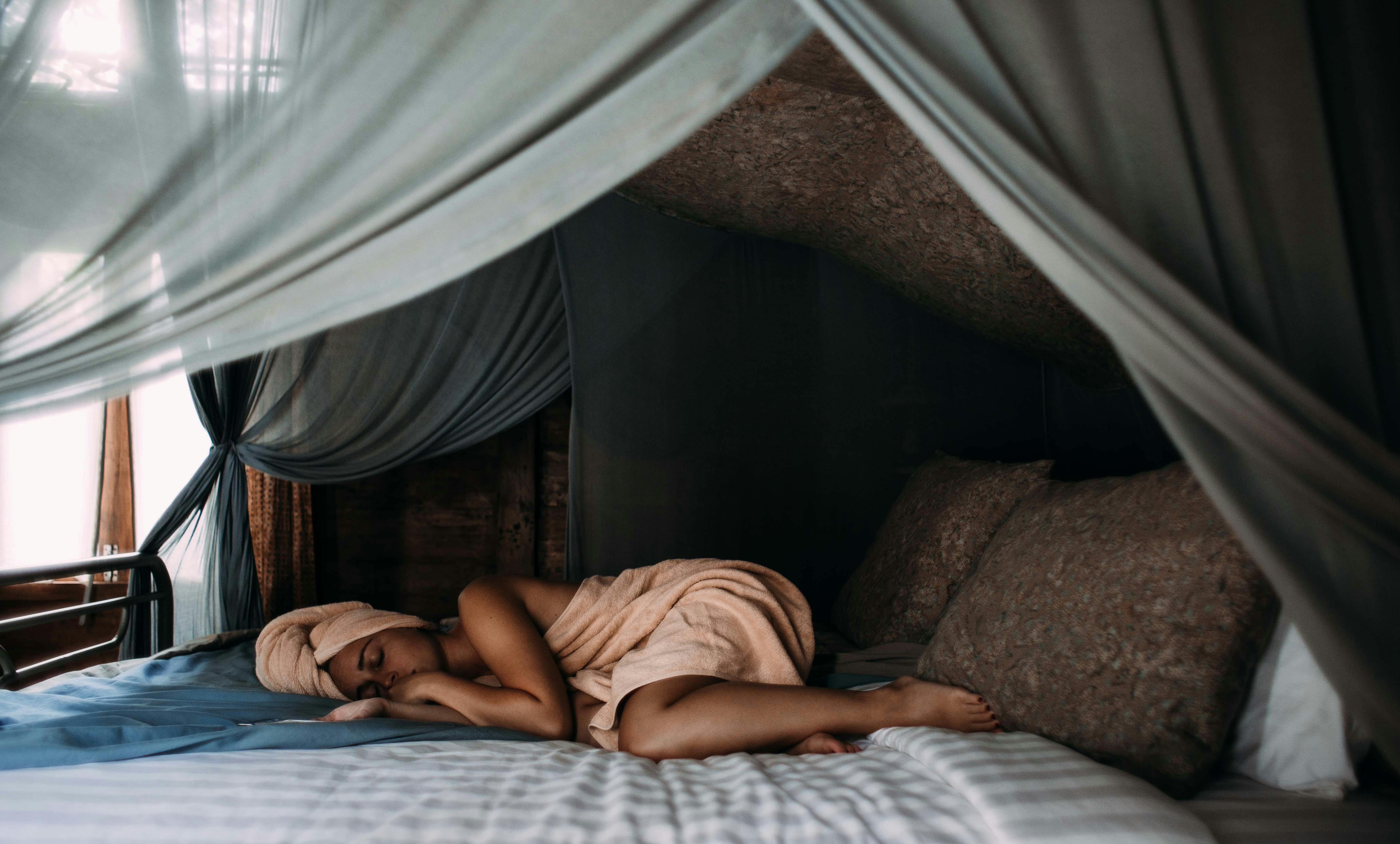Choosing fabrics and finishes for quieter, more comfortable nights
Practical choices in fabrics and finishes can reduce noise, regulate temperature and humidity, and improve overall comfort. This brief overview highlights materials and treatments that influence acoustics, airflow, insulation, lighting control, and ergonomics to help shape a calmer bedroom environment.

A restful bedroom balances sound control, thermal comfort, and a calming ambience. Fabrics and surface finishes play key roles: soft textiles absorb sound, layered window treatments manage daylight and blackout needs, and breathable materials support ventilation and humidity control. Thoughtful selection—paired with layout, storage, and ergonomic choices—helps create nights that feel quieter and more comfortable without expensive renovations.
How do textiles and curtains affect acoustics and sleep?
Curtains, rugs, upholstery, and wall fabrics all influence acoustics by absorbing mid- and high-frequency sounds that otherwise bounce around a room. Heavier, multi-layer curtains with a blackout lining reduce both light and some sound transmission, improving sleep quality. Area rugs and padded headboards add surface area that dampens reflections, while loose textiles like quilts and extra cushions reduce reverberation. Choosing textiles with dense weaves and added backing can help lower perceived noise without sacrificing comfort.
What finishes help with soundproofing and insulation?
Wall and ceiling finishes make a measurable difference in insulation and soundproofing. Soft finishes such as acoustic panels, fabric-wrapped boards, and textile wallcoverings absorb sound, whereas denser drywall assemblies and insulated cavity fills improve airborne sound isolation. Flooring choices—carpet over underlay versus hard flooring—affect both insulation and acoustics. Consider combining thermal insulation with acoustic treatments where possible to address temperature, humidity control, and quieter nights together.
How can lighting, blackout, and ambience improve comfort?
Lighting and blackout solutions directly affect sleep onset and perceived comfort. Blackout curtains or layered shades block external light, supporting melatonin production and a darker sleep environment. Soft, warm-colour ambient lighting and dimmable fixtures reduce alerting effects in the evening. Fabrics matter here too: translucent shades that diffuse light create a calm ambience, while heavier drapes deliver complete darkness when needed. Positioning and finishes (matte or low-gloss) also reduce glare and visual distraction.
How do ventilation, airflow, temperature, and humidity interact?
Breathable textiles and finishes support healthy airflow and moisture balance. Natural fibres like cotton and linen wick moisture and allow air movement, helping regulate microclimate around pillows and mattresses. Wall finishes and paints with appropriate permeability prevent trapped moisture, which can affect perceived comfort and indoor air quality. Good ventilation—mechanical or natural—combined with materials that do not trap humidity helps maintain steady temperature and humidity levels conducive to sleep.
How do layout, storage, and declutter influence ergonomics?
A tidy layout and adequate storage reduce noise sources and visual clutter that interfere with relaxation. Moving heavy furniture away from shared walls, organizing items to prevent rattling, and using soft-close fittings on drawers and doors limit nighttime disturbances. Ergonomic positioning of mattress and pillows, along with textiles chosen for comfort and support, contributes to spinal alignment and fewer sleep disruptions. Efficient storage solutions and decluttered surfaces also enhance the sense of calm, which supports better sleep.
What mattress, pillows, and ergonomic fabrics support rest?
Mattress and pillow materials interact with textiles to affect comfort and temperature. Breathable mattress covers, moisture-wicking pillow fabrics, and quilted top layers can help regulate microclimate at the sleep surface. Select mattress materials (foam, latex, pocketed coils) based on personal comfort and compatibility with cooling or insulating covers. Mattress protectors and pillowcases in natural or performance textiles balance comfort, hygiene, and airflow while complementing acoustic and thermal treatments across the room.
Conclusion Choosing fabrics and finishes with attention to acoustics, insulation, airflow, and ergonomics creates a cohesive bedroom strategy for quieter, more comfortable nights. Layered textiles—curtains, rugs, upholstery—work with finishes and room layout to reduce reverberation, control light, and stabilize temperature and humidity. Integrating storage and decluttering measures further reduces disturbances, helping the bedroom support consistent, restorative sleep.





